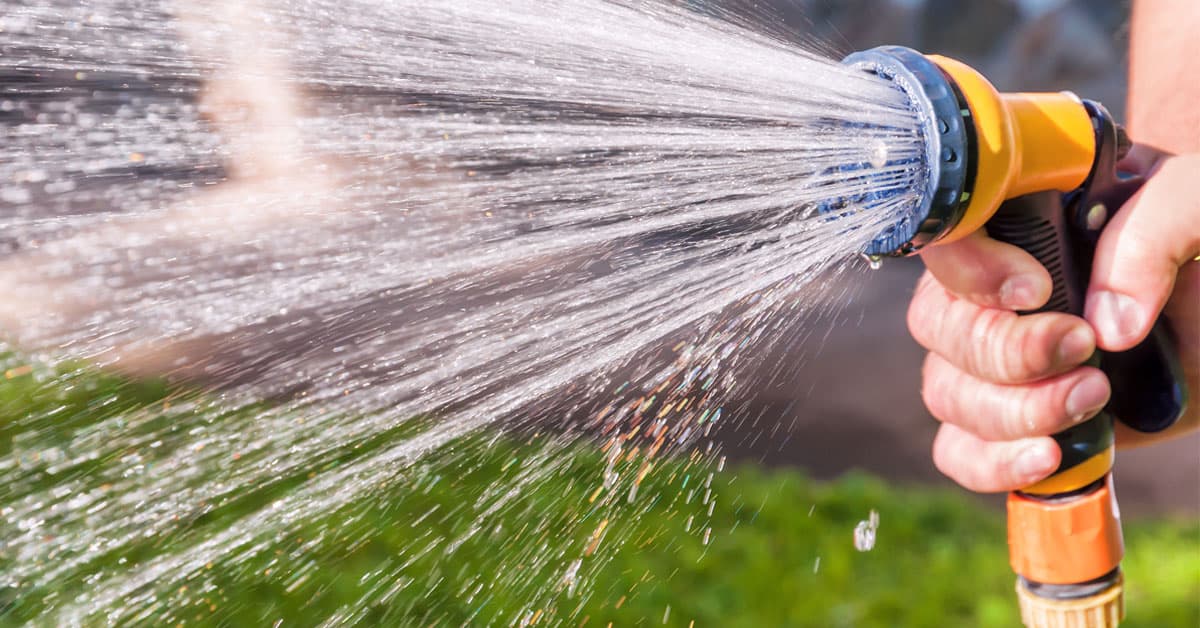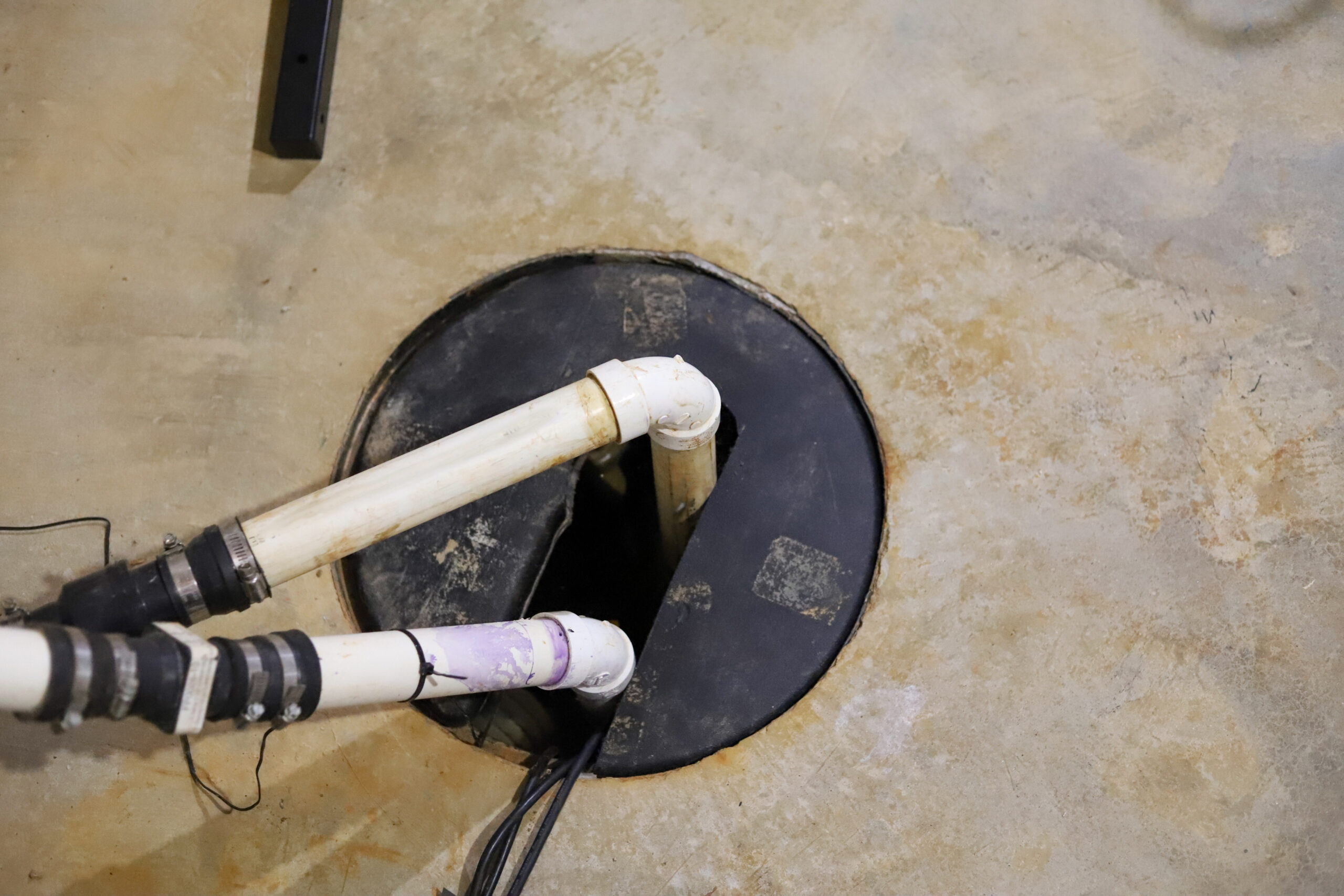The Guide to Carefully Taking Care of a Sump Pump
The Guide to Carefully Taking Care of a Sump Pump
Blog Article
In this article further down you can find a good deal of sensible material on the subject of How To Effectively Clean A Sump Pump.

Sump pumps are essential parts in numerous homes, specifically in locations vulnerable to flooding or too much wetness. They assist protect against water damage by effectively getting rid of excess water from basements or crawl spaces. Nonetheless, like any other appliance, sump pumps need routine upkeep to guarantee they function effectively when required one of the most. Cleaning your sump pump is a crucial part of its upkeep, and recognizing how to do it correctly can save you from expensive repair services and possible catastrophes.
Intro
Keeping a clean sump pump is crucial for its proper performance and durability. Overlooking this essential job can result in blockages, breakdowns, and inevitably, water damages to your residential or commercial property. For that reason, discovering how to cleanse a sump pump is critical for home owners that rely upon these devices to maintain their basements dry and safeguarded.
Indications of a Dirty Sump Pump
Understanding when your sump pump needs cleaning is vital for stopping prospective breakdowns. Some usual indications that show an unclean sump pump include strange sounds throughout procedure, minimized water circulation, and noticeable particles in the pit. If you observe any of these symptoms, it's essential to cleanse your sump pump quickly to avoid any kind of more issues.
Getting ready for Cleaning
Before you begin cleansing your sump pump, it's important to take some safety and security precautions. Beginning by turning off the power to the pump to stay clear of any electrical accidents. Furthermore, wear suitable safety equipment, such as gloves and goggles, to safeguard on your own from dust, debris, and potential microorganisms.
Recognizing the Sump Pump
Prior to diving into the cleansing process, it's important to have a basic understanding of just how a sump pump works. Generally set up in a pit or basin listed below the cellar flooring, a sump pump includes several vital elements, consisting of a pump, a float switch, and a discharge pipeline. When water builds up in the pit, the float button triggers the pump, which then pumps the water out through the discharge pipe, away from the structure's foundation.
Step-by-step Guide to Cleansing a Sump Pump
Shutting down the Power
Begin by separating the power supply to the sump pump to prevent any kind of mishaps while cleansing.
Looking For Appropriate Functioning
Before reinstalling the pump, do a fast test to make certain that the float button turns on the pump appropriately. Pour some water into the sump pit and observe the pump's procedure. If everything is working appropriately, you can rebuild the pump and reconnect the power supply.
Eliminating Particles and Dust
Use a pail or an inside story to eliminate any type of noticeable particles, dirt, or debris from the sump pit. Dispose of the debris effectively to stop it from clogging the pump or the discharge pipe.
Cleaning the Pump and Float Switch Over
When the pit is clear of debris, meticulously eliminate the pump from the pit. Check the pump and the float button for any indications of damage or wear. Utilize a soft brush or fabric to cleanse the surfaces and get rid of any type of gathered crud.
Flushing the System
After cleaning up the pump and float switch, purge the sump pit with tidy water to eliminate any continuing to be dirt or debris. This will help make sure that the pump operates efficiently and effectively.
Maintenance Tips to Maintain Your Sump Pump Clean
Along with regular cleansing, there are a number of upkeep tips you can comply with to maintain your sump pump in ideal condition:
Verdict
Cleaning your sump pump is an essential element of its maintenance and guarantees that it runs effectively when you require it one of the most. By complying with the actions outlined in this overview and incorporating normal maintenance right into your regimen, you can expand the life-span of your sump pump and safeguard your home from water damage.
6 STEPS ON HOW TO CLEAN A SUMP PUMP PROPERLY
UNDERSTANDING SUMP PUMPS
Your sump pump plays a crucial role in protecting your home by managing and removing excess water. It primarily functions as a “shield”, guarding your basement against the damaging effects of water accumulation. The pump is housed in a sump pit in the lowest part of your basement, and its job is to pump out any water that collects there.
During heavy rainfalls or when snow melts rapidly, water can infiltrate your basement, posing potential risks like flooding, structural damage, and harmful mold growth. Here, the sump pump springs into action, pumping out the intruding water and directing it away from your home.
SAFETY FIRST
Before cleaning, remember to prioritize safety. Disconnect the sump pump from the power source to prevent any accidental electric shocks. Also, wear sturdy gloves to protect your hands from any sharp or dirty components within the pump.
REMOVE THE SUMP PUMP
After ensuring your safety, the next step is to remove the sump pump from its pit. Doing this might require careful maneuvering as you don’t want to damage any pump components. Once removed, clean the sump pit to remove any accumulated debris or sludge.
INSPECT THE PUMP
Inspect the pump for any visible signs of wear or damage. Check the power cord, float switch, and impeller housing. If any components look worn out or damaged, consider replacing them to ensure optimal performance.
CLEAN THE PUMP
Thoroughly clean the pump with warm, soapy water. Make sure to rid it of any dirt, gravel, or other debris that might impede its performance. You can use a toothbrush to clean the small, hard-to-reach parts of the pump.
REINSTALL THE SUMP PUMP
Reinstall the pump into the sump pit Make sure it’s positioned correctly to remove the water effectively Once it’s back in place, reconnect it to the power source TEST THE PUMP
Finally, pour some water into the pit to ensure the pump works correctly. It should start automatically and begin pumping out the water; if it doesn’t, check the power source and the positioning of the pump.
Remember, while cleaning your sump pump is an essential part of home maintenance, hiring a professional plumber for a thorough inspection and cleaning at least once a year is also important. This will ensure that your pump is in optimal condition, ready to protect your home from potential water damage.
BEST PRACTICES FOR CLEANING SUMP PUMP DISCHARGE PIPES
Regular Inspection: Regularly inspect your discharge pipes, especially during heavy rainfall or snowmelt periods. Look for any signs of blockage or damage. Early detection of problems can prevent serious issues down the line. Periodic Cleaning: Over time, sediment and debris can accumulate in the discharge pipes, impeding the flow of water. Regular cleaning helps keep the pipes clear and functioning efficiently. You can use a high-pressure water jet to effectively clean the pipes. Insulation During Winter: In colder climates, discharge pipes can freeze, blocking the outflow of water. Protect your discharge pipes from freezing temperatures by insulating them with foam pipe insulation. This will ensure the sump pump can continue to discharge water even in freezing conditions. Proper Positioning: The discharge pipe should be positioned to direct water away from your home’s foundation. Improper positioning can lead to water seeping back into the basement. Ensure the pipe is long enough and angled correctly. Installation of a Check Valve: A check valve prevents water from flowing back into your sump pit after the pump has pushed it out. Installing a check valve helps maintain the efficiency of your sump pump and reduces the risk of flooding. Minimize Pipe Turns: Every curve or turn in the discharge pipe can decrease the efficiency of water flow. By minimizing turns and bends in your discharge pipe, you can increase the efficiency of your sump pump. https://www.fullspeedplumbing.com/how-to-clean-a-sump-pump-properly9999/

Do you really like reading about Cleaning & Maintenance Tips for Your Home's Sump Pump? Make feedback further down. We'd be happy to find out your reactions about this post. We hope that you visit us again soon. So long as you enjoyed our article please don't forget to pass it around. We truly appreciate your readership.
Call Today Report this page